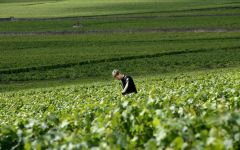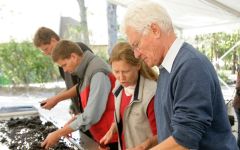Joseph Drouhin Chassagne-Montrachet 2020
-
Jasper
Morris



Product Details
Your Rating
Somm Note
Winemaker Notes
Professional Ratings
-
Jasper Morris
Crisp clear lemon and lime, Excellent energy om the nose. Fresh plum, sweels on the palate, this si excellent, full but not heavy, very well judged oak, and exceptionally long. Top stuff!
Barrel Sample: 91-94
Other Vintages
2019-
James
Suckling - Decanter
-
James
Suckling
-
James
Suckling
-
James
Suckling
-
Wilfred
Wong
-
Wine &
Spirits
-
Wine
Spectator




Since 1880, Maison Joseph Drouhin has built a reputation for wines that primarily reflect their individual terroir and vintage. Faithfully preserving the individuality of each appellation, the Drouhin firm constantly strives for wines of breed, finesse and elegance.
A balance of tradition and modern techniques characterizes Joseph Drouhin winemaking and vineyard management: on site nursery, plowing, leaf removal, 100% hand harvesting, open fermenters, fermenting and aging in oak.
As a result of its historic location deep in the heart of Beaune, the quality of its vineyards and the expertise resulting from years of experience in the cultivation of vines and traditional vinification, Maison Joseph Drouhin is uniquely placed to uphold authentic Burgundian style.
Starting with Joseph Drouhin, who founded Maison Joseph Drouhin over a century ago, a great estate has evolved with important holdings in Côte de Beaune, Côte de Nuits, Chablis and, most recently, Oregon.
MAISON JOSEPH DROUHIN AWARDED ORGANIC CERTIFICATION Estate-grown Grapes of 2009 Vintage and later Now Officially Organic. Twenty years after Philippe Drouhin first began introducing organic practices to the vineyards making up the family company’s domaine (estate), Maison Joseph Drouhin (MJD), has been awarded organic certification for all grapes grown within its vineyards beginning with the 2009 vintage.
